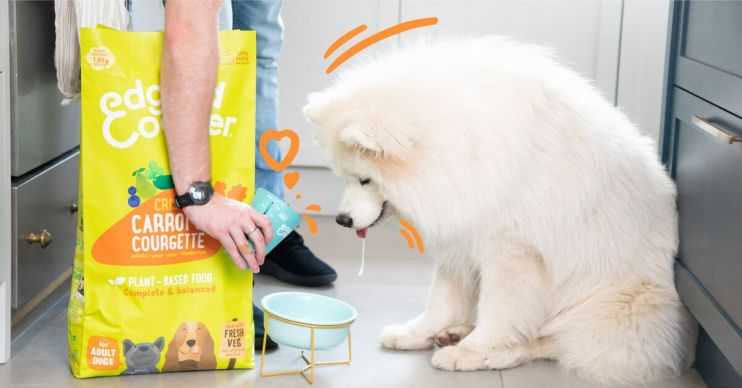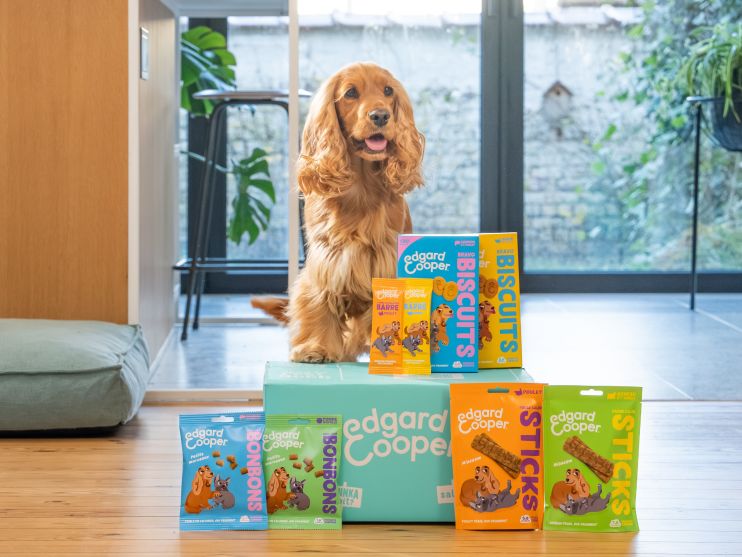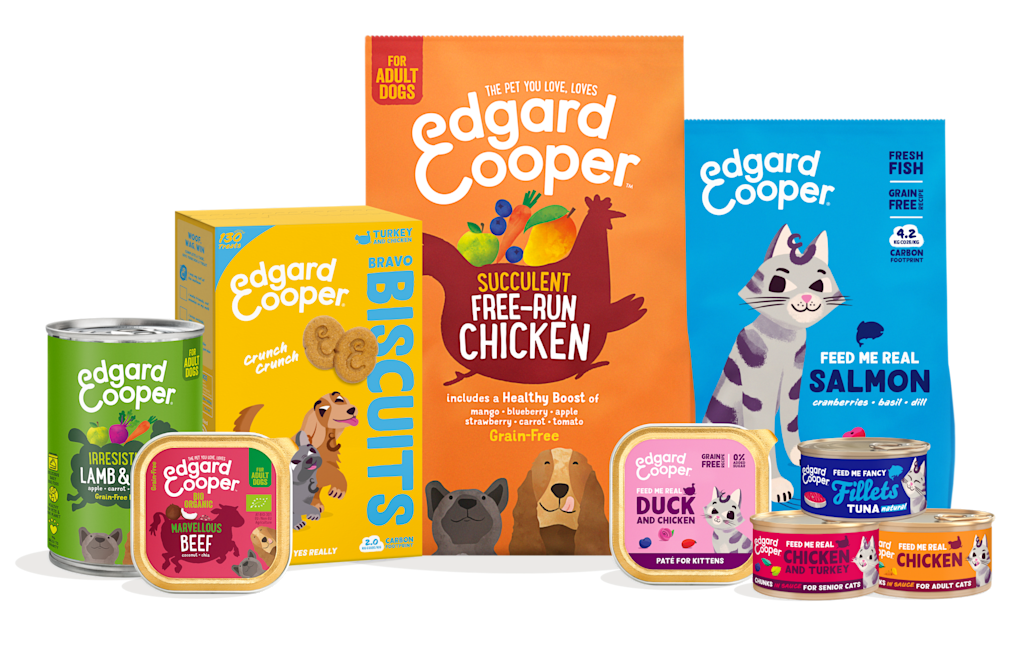Choosing the perfect food for dogs with sensitive tummies

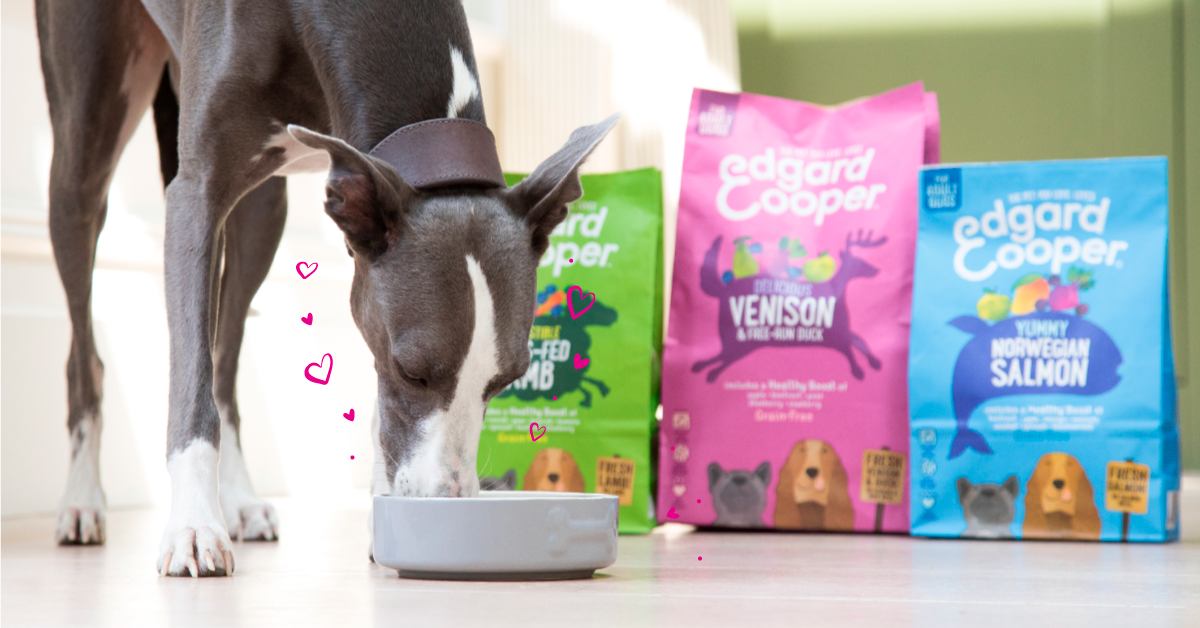
Just as some humans have troublesome stomachs, there are also dogs with sensitive tummies. So while most dogs might wish they could eat anything that’s going, not all of them can...
What’s the cause?
The cause behind a sensitive tummy isn’t usually a life-threatening problem, but it can lead to chronic discomfort and stress for your four-legged friend. The most common cause of an upset tummy is simply that your dog cannot digest their food very well.

What are the symptoms?
There are three important signs that may indicate your dog doesn’t digest their food very efficiently:
1. Flatulence
Before you judge your gassy dog too harshly, you should know that persistent flatulence can be a sign of poor digestion.
2. Vomiting
Occasional vomiting isn’t usually anything to worry about, but if it becomes frequent it can be a sign that your dog does not feel comfortable.
3. Diarrhoea
Similarly, occasional loose stool or diarrhoea is okay once in a while, but should normally not last longer than one or two days.
It’s always a good idea to visit your vet when your dog suddenly seems sensitive to certain foods. In this way, you can be sure there is no more serious reason for these sudden symptoms…
It’s not always easy to find the exact cause of your dog’s upset tummy. But once you have found food they can digest with ease, your four-legged friend will be forever grateful.
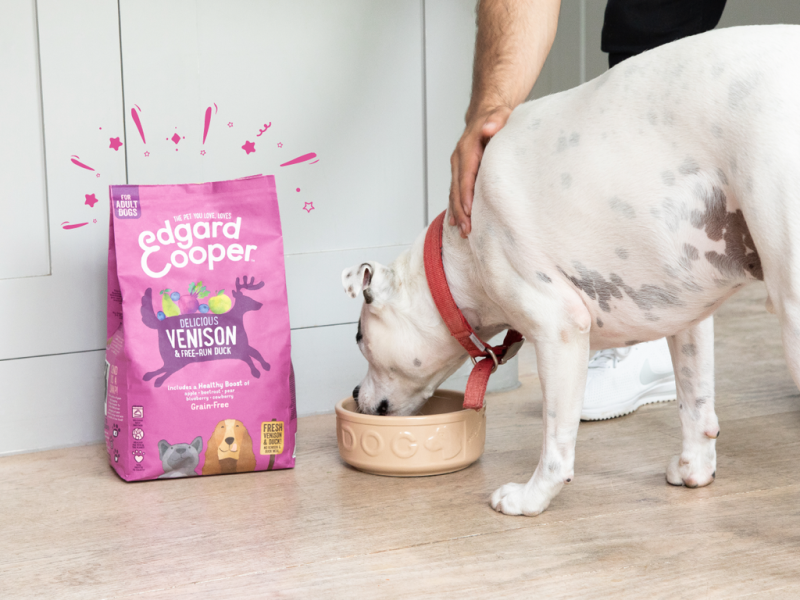
What’s the solution?
If you know what your dog's stomach reacts to, you can easily find a recipe that doesn’t include that or those specific ingredient(s) with our special Food Finder tool. By answering some short questions, we’ll find the perfect fit for your dog!
However, if you’re not sure what’s causing the irritation, no worries! There are enough dog food recipes that are designed to help your dog’s sensitive tummy feel better. It's just a matter of finding the right one for your pet. Here are a few things to bear in mind when choosing the perfect food for your dog:
1. Easy-to-digest ingredients
Choose a diet with mild ingredients that are easy to digest. Quality and sourcing are important and should always be considered when selecting the appropriate nutrition. Several common ingredients, including beef and dairy products, are often prime suspects in causing irritation or sensitivity.
2. Slowly cooked at moderate temperatures
When kibbles are cooked slowly at moderate temperatures, it makes them easier to digest for your pet. It also gives the food a higher nutritional value.
3. Grain-free
Grain-free food is the way to go for sensitive tummies. In many situations, grains of all kinds can trigger tummy-related problems.
4. Novel proteins and carbs
Dogs with sensitive stomachs will do very well on food with novel proteins and novel carbs. ‘Novel’ means animal proteins and carbohydrates that your dog doesn't know very well. For example, venison can be a novel protein, while sweet potato is a novel carb.
5. Omega 3 fatty acids
It’s a good idea to choose a diet with a high amount of omega 3 fatty acids. This helps decrease gut inflammation and improves the healing in the intestines. This doesn’t mean picking a diet with a lot of fat! Fat is generally more difficult to digest than proteins or carbs.
6. Pre- and probiotics
For dogs with stomach or intestinal sensitivities, it’s a good idea to choose a diet with added pre- or probiotics. MOS & FOS (mono-oligo saccharides & fructo-oligo saccharides) are examples of prebiotics, which are soluble and fermentable fibres. These fibres are used by the population of good functioning bacteria in the intestines of your pet and are fermented into short-chain fatty acids. These have a positive effect on intestines because they help improve blood circulation, which in turn stimulates the absorption of water and electrolytes.

Another good tip can be to feed your friend multiple small meals a day instead of the normal once or twice a day. In this way, you make sure that your pet can digest its food slowly, rather than all at once....
So, if you think that your dog’s current diet could be playing a role in their tummy troubles, consider switching to something that meets most of the criteria listed above. When you make a switch, remember to introduce the new food slowly. Over three of four days, gradually increase the amount of the new food in your pet’s bowl, while gradually decreasing the amount of your pet’s current food. Simple!
About Edgard & Cooper

Joyful pet food
Eating is one of life’s simple joys, so why overcomplicate things? Unlike most other pet foods, we treat nature’s ingredients with respect and make food that’s naturally healthy and full of flavour.

Play nice with nature
We’re on a mission to become the world’s most sustainable pet food. We love nature, so we pledge to make real, lasting change through our targets of zero carbon, fully sustainable packaging and ethically sourced ingredients.

Friends stick together
We donate 1% of our sales to the Edgard & Cooper Foundation, which works with charities that improve the lives of cats and dogs today, while protecting them tomorrow.

